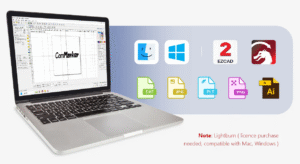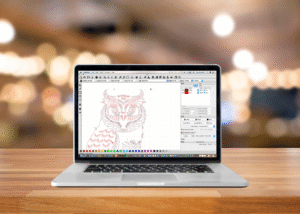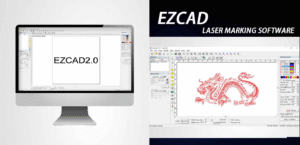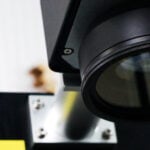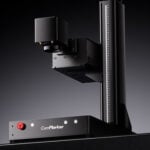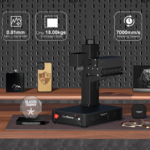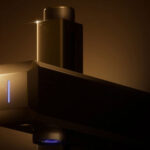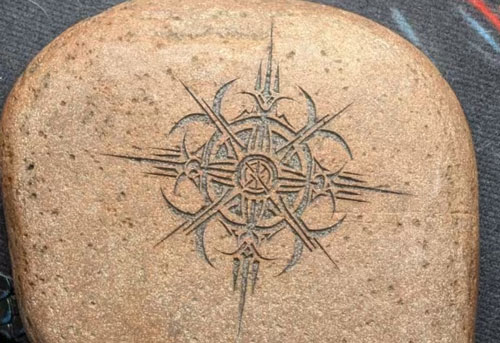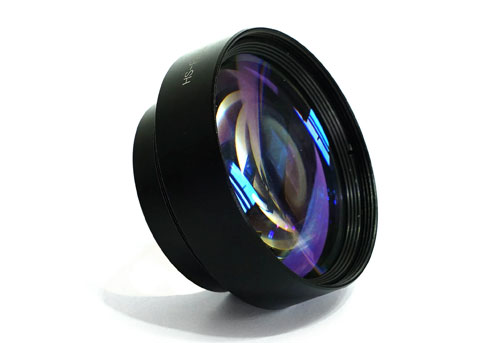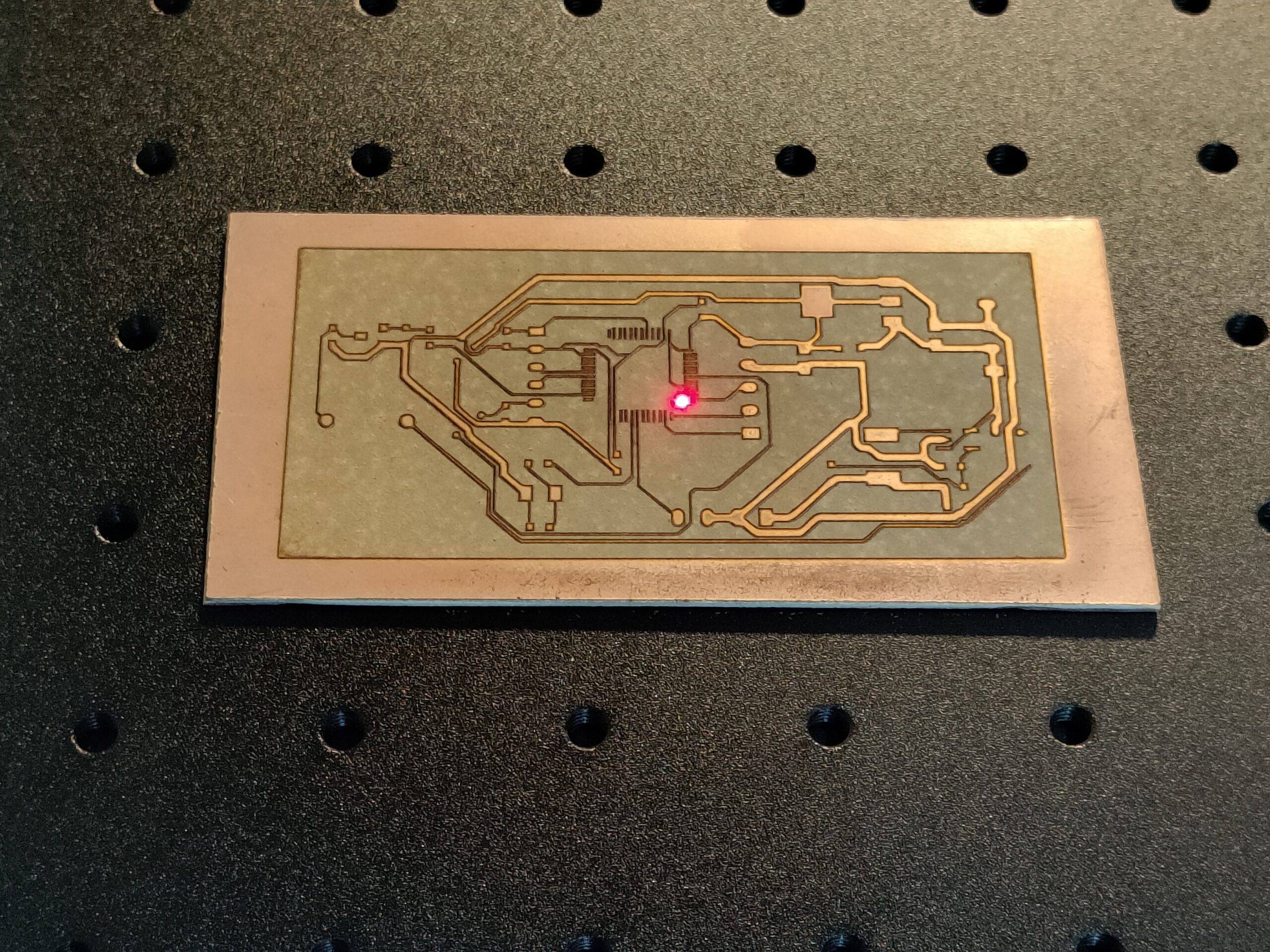When it comes to laser engraving, most people’s attention is immediately drawn to the hardware—specifications like laser wattage, lens focal length, bed size, and compatible materials. While these are undoubtedly important, what often goes underappreciated is the critical role played by the software that controls the machine. Without intuitive, capable, and compatible engraving software, even the most advanced laser engraver can underperform, leaving users frustrated and limited in what they can create.
Whether you’re a hobbyist making personalized gifts on wood or acrylic, or a professional producing precision industrial components, the software you use directly impacts the efficiency of your workflow and the quality of your finished products. It serves as the bridge between your creative vision and the physical output, controlling everything from design import and editing to machine settings and execution.
In this comprehensive guide, we’ll take a closer look at the best laser engraving software available today—from beginner-friendly options to professional-grade solutions. We’ll break down key features, compatibility considerations, and ideal use cases to help you make an informed decision based on your needs and experience level.
What to Look for in Laser Engraving Software
Before diving into specific recommendations, it’s essential to understand what factors differentiate various software options. Here’s what you should keep in mind:
-
Ease of Use: A clean, logical interface is crucial for newcomers, while experienced users may prefer software with extensive customization and advanced functionality.
-
Compatibility: Not all software supports every laser model. Always verify that the program works with your specific machine—whether it’s a diode, CO₂, or fiber laser.
-
File Format Support: Look for software that imports standard formats such as SVG, DXF, AI, PNG, and BMP. The ability to work with both vector and raster graphics is a major advantage.
-
Design and Editing Tools: Built-in tools for drawing, node editing, image tracing, and text manipulation can significantly streamline your workflow.
-
Machine Control Features: Features like job preview, material presets, speed and power adjustments, and rotary support are invaluable for achieving consistent results.
-
Pricing Model: Options range from free and open-source to one-time purchases and subscription models. Consider what fits your budget and offers the best long-term value.
Best Laser Engraving Software for Beginners
LightBurn (Paid, Windows/macOS/Linux)
Best For: Beginners willing to invest in powerful, scalable software.
Pros:
-
Intuitive yet feature-rich—suitable for newcomers but grows with your skills.
-
Broad hardware compatibility including CO₂, diode, and fiber lasers.
-
Includes vector editing, image conversion, layer management, and material settings.
Cons: -
Requires a paid license, though a free trial is available.
Widely regarded as the gold standard in hobbyist laser engraving, LightBurn strikes a perfect balance between usability and capability. It’s an ideal choice if you’re serious about improving your craft.
Best Laser Engraving Software for Professionals
EZCAD (Free/Paid Versions, Windows)
Best For: Industrial applications with fiber or MOPA lasers.
Pros:
-
Industry-standard software for galvo-based laser systems.
-
Unmatched control over laser parameters including pulse frequency, speed, and power.
-
Optimized for high-speed marking and deep engraving on metals, plastics, and ceramics.
Cons: -
Complex interface with a significant learning curve.
-
Outdated UI design—function over form.
EZCAD is the go-to for professionals using fiber lasers, especially in manufacturing and product identification. Many users design in other software like LightBurn or CorelDRAW, then use EZCAD for execution.
Beginners vs. Pros: Which Software Is Right for You?
-
If you’re a beginner: Opt for user-friendly and affordable options like LaserGRBL (free) or LightBurn (paid). Both offer low barriers to entry and community support.
-
If you use a fiber laser: EZCAD is essential for machine control, but consider pairing it with LightBurn or CorelDRAW for graphic design.
-
If you’re a designer or professional: Adobe Illustrator or CorelDRAW provides the advanced tools needed for high-end, precise, and scalable designs.
Conclusion
Choosing the right laser engraving software is just as important as selecting the machine itself. The best software not only unlocks your hardware’s potential but also enhances your creativity, efficiency, and precision. Beginners should look for accessibility and ease of use, while professionals need robust control and integration capabilities.
-
Top beginner picks: LaserGRBL, LightBurn, Inkscape
-
Top professional picks: EZCAD, Adobe Illustrator, CorelDRAW
Your ideal choice depends on your machine type, budget, skill level, and projects. Take advantage of free trials and demo versions where available, and don’t hesitate to join user communities for advice and support.
With the right software, you can transform raw materials into finely detailed creations—whether you’re crafting at home or running a full-scale production business.

